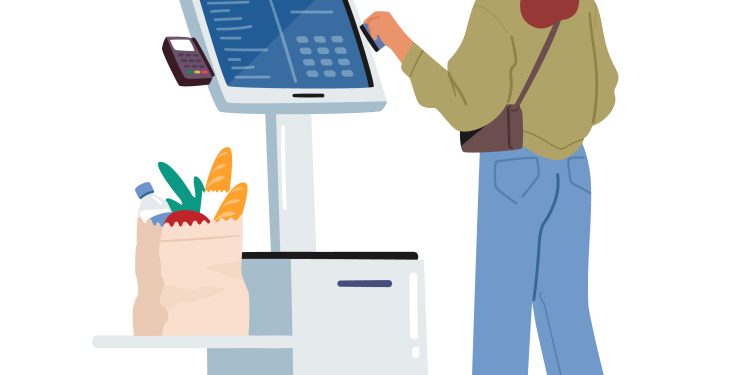From its start as a buy now, pay later service provider, the Swedish fintech Klarna has developed into a comprehensive payment network with sights set on attaining a global scale. The company’s latest push for worldwide growth is a partnership with Worldpay that promises to streamline payment integration for merchants globally.
Klarna already processes 2.5 million transactions daily through its network of 600,000 merchants, a group that includes Uber, Nike, and Airbnb. The platform handles immediate payments for 30% of its total transaction volume through direct bank transfers and card payments. Worldpay processes $2.3 trillion worth of payments annually.
The new collaboration marks a shift in how alternative payment methods are incorporated into e-commerce systems. Worldpay will integrate Klarna’s payment solutions through a unified API that connects both companies’ payment infrastructures.
“We want Klarna at every checkout, available everywhere, for everything, all the time,” David Sykes, Chief Commercial Officer at Klarna, said in a news release.
Worldpay counts one million merchants among its clients, and they would all have access to Klarna’s services through their existing payment dashboards. Rather than requiring separate technical implementation, Klarna’s services will be automatically available through Worldpay’s existing merchant infrastructure, with no additional coding requirements for retailers.
Worldpay is in a great position to know where these markets are heading and act accordingly. In its annual Global Payments Report, Worldpay predicted that digital wallets like Klarna will grow at 15% a year between 2023 and 2027. A third of the transactions that Klarna processes are immediate payments by card or direct account-to-account transactions.
Klarna’s New Strategy
From its BNPL roots, Klarna has been transforming into more of a behind-the-scenes player in this arena. Earlier this year, Klarna sold its digital checkout solution Klarna Checkout, which has since been rebranded as Kustom. After that divestment, Klarna turned back to its relationships with larger payment service providers like Worldpay and Adobe Commerce, with the goal of enabling thousands more merchants to offer its services to millions more consumers.
Another example is Klarna’s recent partnership with Adyen to launch its flexible payment methods at all 450,000 of Adyen’s in-store terminals across Europe, North America, and Australia. The rollout positioned Adyen as the launch partner for Klarna’s Dynamic QR solution, which allows shoppers to complete transactions on their phones.











